10 Tips for High Impact Learning

In training and development, it’s highly important to ensure that your training strategies are designed for high impact learning. Discover how our tips below will help you improve learning outcomes that will result in better work performance and generate higher revenue for the business.
1. Focus on key messages through microlearning
In traditional training, live training sessions or common eLearning courses can be overwhelming for employees with hectic deadlines and schedules. That’s why it’s important to focus only on key messages for high impact learning development. You can practice this by shifting your traditional training into microlearning. This is the strategy where loads of training content are transformed into bite-sized modules that only include key training information or messages. Despite the short form of lessons, information is presented using rich, engaging content that’s much easier to digest and retain. With the compact nature of microlearning courses, they can be completed in just a couple of minutes, unlike traditional courses that take hours or days to finish. Overall, a microlearning approach makes your training easier to understand, more engaging, and less time-consuming.
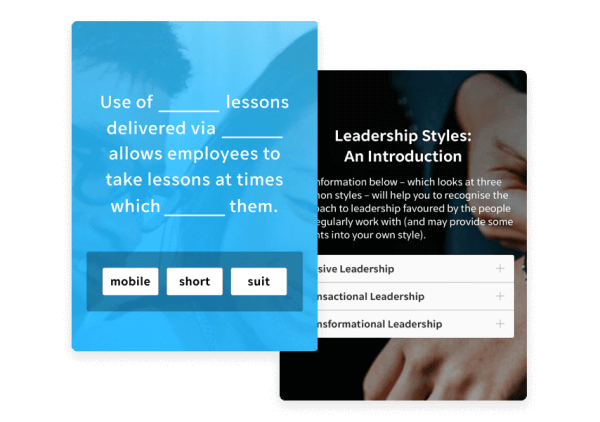
EdApp is a mobile-first microlearning platform that enables you to create, personalize, and deploy high-quality microlessons with the help of its user-friendly authoring tool. This feature provides you with a library of 80+ fully interactive and immersive templates, as well as Canva integration for easier content creation even with little to no prior instructional design experience. But you don’t always need to start from scratch – you can readily deploy available microlearning courses from EdApp’s free, editable course library. To get started, you can deploy courses on topics like safety induction training and code of conduct training by EdApp to train your teams using the high impact training model, microlearning!
Sign Up for Free to apply microlearning strategy into your training programs with EdApp!
2. Make training engaging with gamification
Another high impact training tip is to keep learners engaged in their learning by gamifying microlessons. This is done through gamification which allows you to transform regular training modules into casual or competitive games. Some gamification examples include drag-and-drop, sequencing, matching, and many more. It’s an effective way to combat the lack of motivation and boredom associated with learning work-related information. When learning doesn’t feel like another mundane task, gamified microlessons are proven to result in 90% (or higher) completion rates compared to typical eLearning courses.
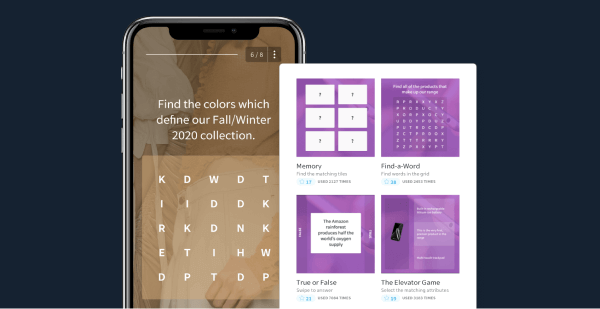
To help you easily gamify your training courses like your cybersecurity, healthcare, or free English classes, EdApp also provides gamification templates in its authoring tool which includes true or false, image/word match, letter jumble, and many more. This LMS also provides a scoring system and a gamification-based reward system through stars that learners can use to redeem real rewards (like Amazon gift cards or discount coupons).
3. Combat the forgetting curve with a Spaced Repetition strategy
According to the Forgetting Curve by Ebbinghaus, nearly 50% of the content of a piece of lengthy information is simply forgotten within the first hour, while 70% of those data points are lost within 24 hours of training completion. It amplifies the importance of applying spaced repetition strategy into your training program to combat the forgetting curve. Using this technique, key learning concepts are repeated at regular intervals until knowledge is fully embedded in the long-term memory of your employees to promote better learning outcomes and foster knowledge competence. Memory and learning go hand in hand – the more frequent and effective information is reinforced, the more effective learners absorb knowledge.
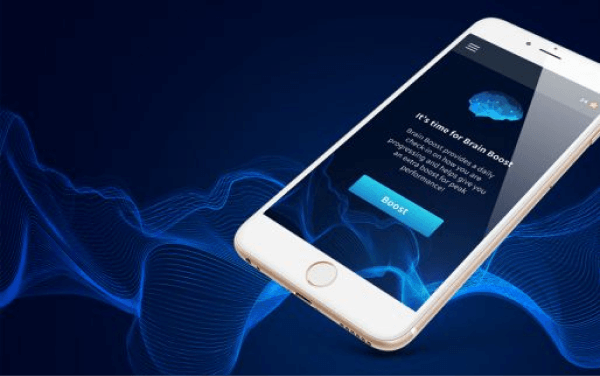
EdApp incorporates spaced repetition strategy through its system-automated quiz called Brain Boost. This feature automatically pulls questions from your lessons and creates personalized quizzes for each learner to test which information they’ve retained. The more answers they get right, the less frequent they are tested on a particular lesson.
4. Increase motivation by stimulating friendly competition
To further increase motivation among learners to strive for better learning progress, you can stimulate friendly competition among learners. This strategy can be demonstrated by incorporating leaderboards into your training programs. To rank on the board, employees can earn points on their online learning activities such as completing courses and passing assessments. This tip motivates underperforming learners to improve performance to move up the ranks, while top-performing employees are encouraged to stay on top of their game.
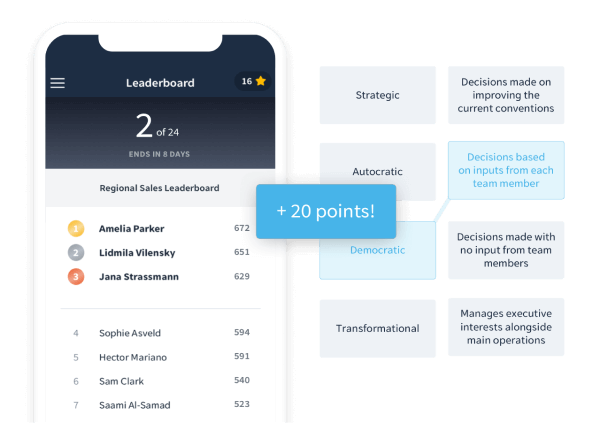
A Leaderboards feature is also available in EdApp where learners have the opportunity to gain points for the highest score in each lesson or Rapid Refresh quiz. To boost competence and motivation, you can give instant recognition to top-ranking individuals or teams with awards or incentives. This strategy doesn’t only help training managers to track employee activity but also achieve higher course completion rates and better employee learning outcomes.
5. Create collaborative learning for high impact learning development
Incorporating social learning into your training program enables your employees to interact with and learn from colleagues, even without physical interactions. By encouraging discussions among learners, you can maximize the knowledge, expertise, and experiences of employees within your organization. This improves relatability and knowledge retention not only for the learners but also for the individuals participating in the discussion.
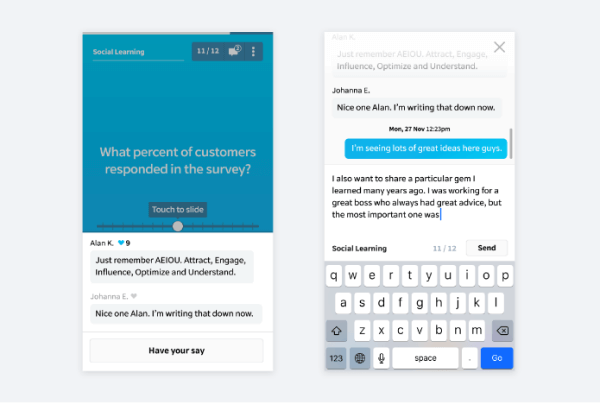
With that, EdApp leverages the power of peer learning through its Discussions tool. This is a forum-style feature designed to give the opportunity for the learners to lead course discussions when necessary, and provide real-time feedback to peers. Coaches can even step in to provide insight into key responses.
5. Improve impact learning with assignments
Half of the battle of developing high impact learning from your training is making sure that your teams understand key concepts correctly. Deploying assignments for you learners allows you to reinforce information, identify knowledge gaps, and evaluate your team’s understanding of course materials. This gives instructors the ability to provide relevant and timely feedback that will highlight their strengths or areas of improvement.
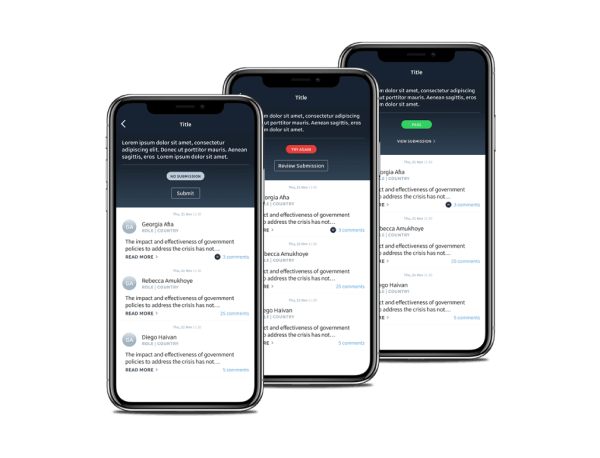
This tip can be utilized with EdApp’s Assignments which is a question-and-response feature that enables you to assign a self-test to reinforce key concepts and assess knowledge retention. It allows your learners to provide detailed responses to your targeted questions through image, video, or long-form text submissions. Submitted responses can then be easily reviewed and graded by admins/instructors.
7. Reinforce information with quizzes
Administering quizzes is another technique to engage your learners, reinforce training concepts, improve retention rates, and track learning progress. You can deploy quizzes after a company general meeting, or use them before or after live training sessions to boost memory retention. This strategy enables you to understand the employees’ scope and level of knowledge and expertise so you can better address the employees’ learning needs. It serves as a crucial part of the process of building effective training programs for any organization. By leveraging supplemental learning tools such as quiz software, you can conveniently reach your teams and efficiently deliver assessments.
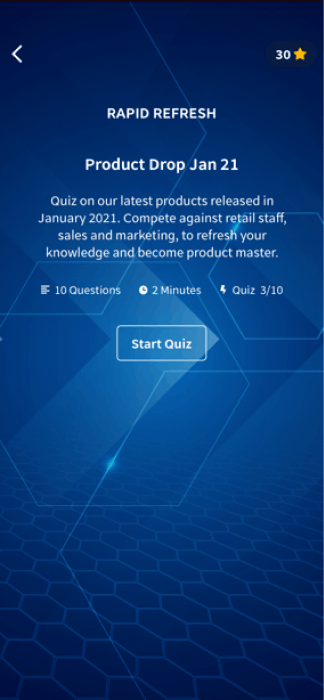
Rapid Refresh is EdApp’s very own spreadsheet-based in-app quiz maker. With its intuitive user interface, all you have to do is input your questions and answers through the training tool’s user-friendly spreadsheet template. From there, Rapid Refresh will automatically transform your content into well-designed gamified tests, which you can then deploy directly to your learners’ mobile devices on a daily or weekly basis. You can even choose to send all the quizzes in a single burst.
8. Localize training content by translating courses
Language barriers can prevent some learners from absorbing information, especially when training global teams. To make the learning experience of your employees more comfortable and understandable, it’s best to translate the learning materials into the native language of your learners around the world. Fortunately, you no longer have to take extra weeks or even months translating eLearning courses for your learners. You can utilize Artificial Intelligence (AI) tools instead to automate this process for you.
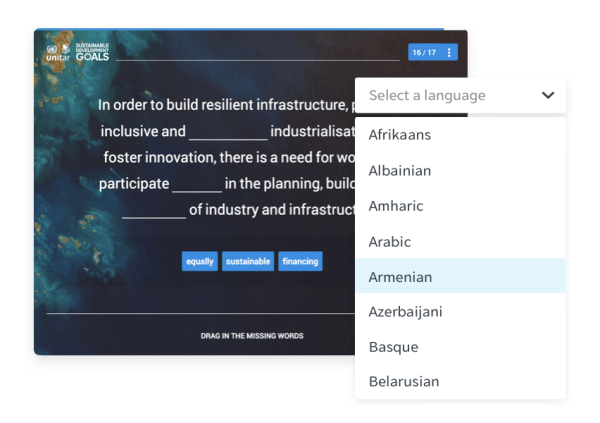
EdApp features a built-in LMS translation tool that uses Google’s Machine Learning Cloud Translation Engine, providing you with the ability to translate courses into over 100 languages in just a few clicks. Whether you’re creating lessons or quizzes from scratch, importing existing courses, or deploying courses from its course library, EdApp’s translation tool allows you to deploy courses in multiple languages at scale.
9. Allow self-paced learning with mobile learning
Self-paced learning is the ideal solution in giving your learners a flexible learning experience. This learning approach is made easier with a mobile learning strategy. However, this is not just simply making training accessible across multiple devices, but rather utilizing smartphone technology in developing effective training programs. By delivering eLearning materials on a mobile app, employees can easily complete their microlessons on data entry training courses anytime and anywhere, in just a couple of minutes. It’s possible whether the employees are on-site, at production centers, out delivering products, or at the office. You can even leverage features such as push notifications to inform learners of new lessons or remind them of deadlines.
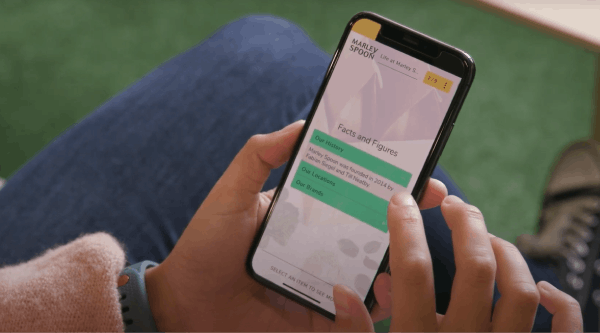
Marley Spoon, one of EdApp’s clients in the food service industry, has demonstrated how mobile learning helped them amidst the unprecedented challenges brought by COVID-19. Mobile Learning, with the support of EdApp LMS, allowed Marley Spoon to onboard hundreds of new employees and provide vital information such as food hygiene training and procedures in just a short period of time. It serves as the best modern learning solution at a time where face-to-face training isn’t possible due to the pandemic.
10. Create an immersive training experience through virtual training simulations
A virtual training simulation is a method of replicating workplace training scenarios that are typically demonstrated through in-person demos. It allows your learners to apply their knowledge and skills through virtual exercises. Learners are more likely to improve knowledge retention and skills when they are able to receive instant assessments and put their learnings into practice before stepping into real work scenarios. While there are available training software that provide virtual training and simulations, you can also take advantage of video conference platforms for virtual demonstrations and immersive training activities.
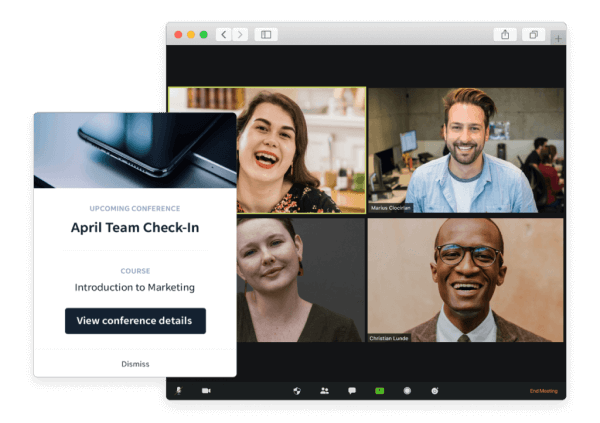
To enable your teams to connect virtually as part of training, EdApp features a Virtual Classroom that gives you the ability to schedule in-app video conferencing through Zoom and Microsoft Teams, which you can set as a lesson within your course. Through this feature, you can present conversation-based scenarios or demonstrate procedures in real-time to create an interactive learning experience for learners.
Author
Shera Bariuad
Shera is a workplace learning expert with a background in planning performance-driven solutions for various business industries. She’s dedicated to driving better learning and development outcomes by providing training strategies for training managers and curating lists of tools and courses for learners. Outside of work, she spends her time reading, illustrating, and designing.
